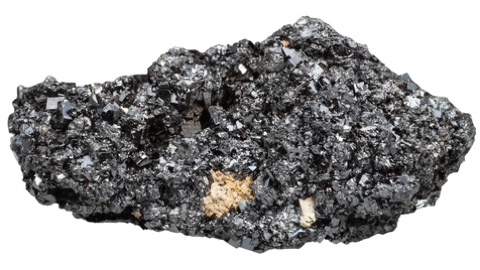
Researchers – led by Peidong Yang – at the Lawrence Berkeley National Lab Materials Sciences Division have discovered that a form of perovskite works very well as a stable and photoactive semiconductor material that can be reversibly switched between a transparent state and a non-transparent state without degrading its electronic properties. Halide perovskite materials are considered to be one of the most promising developments in solar technology in recent years due to their unique properties, high efficiency rates, and ease and low cost of processing. Traditional silicon cells require expensive, multistep processes, conducted at high temperatures in a high vacuum in special clean room facilities. However, the perovskite material can be manufactured with simpler wet chemistry techniques in a traditional lab environment.
“This class of inorganic halide perovskite has amazing phase transition chemistry,” said Yang, who is also a professor in UC Berkeley’s departments of Chemistry, and Materials Science and Engineering. “It can essentially change from one crystal structure to another when we slightly change the temperature or introduce a little water vapor. These two states have the exact same composition but very different crystal structures.“That was very interesting to us. So you can easily manipulate it in such a way that is not readily available in existing conventional semiconductors.”
This material will enable the creation of energy-saving devices glass windows for buildings, cars and display screens that can produce electricity while switching back and forth between opaque and crystalline states depending on heating and light requirements.
“The solar cell shows fully reversible performance and excellent device stability over repeated phase transition cycles without any color fade or performance degradation,” said Minliang Lai, a graduate student in Yang’s group. “With a device like this, a building or car can harvest solar energy through the smart photovoltaic window.”
The paper, published in the journal Nature Materials can be seen here: “Thermochromic Halide Perovskite Solar Cells.”